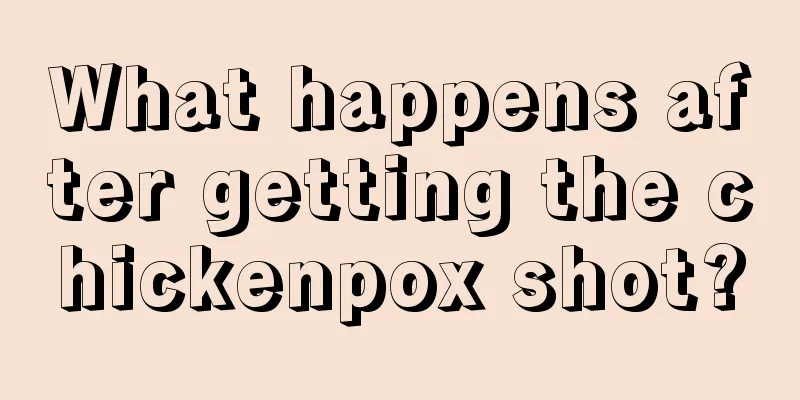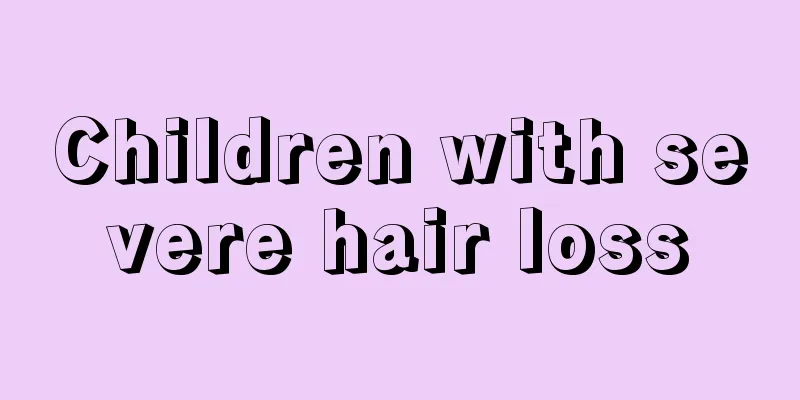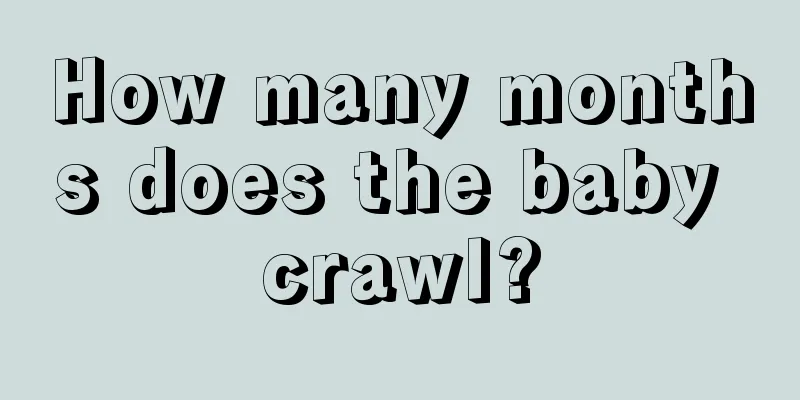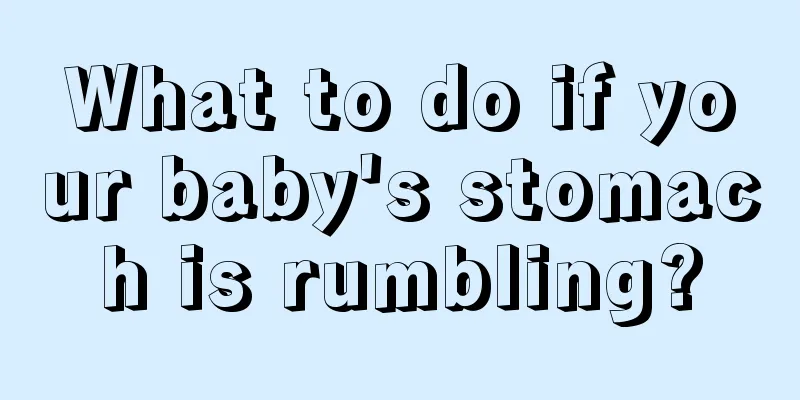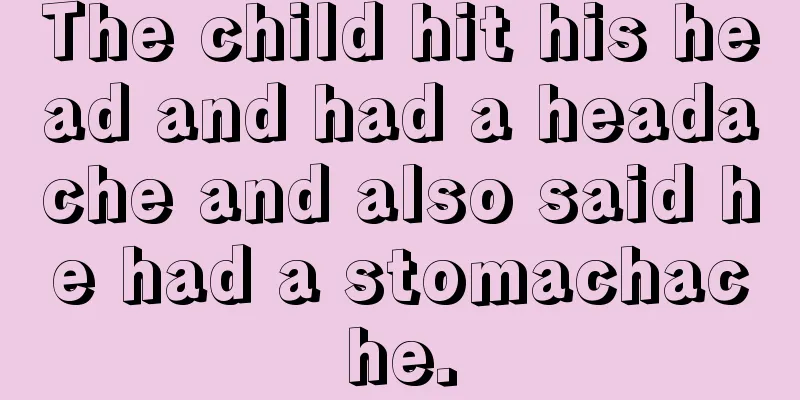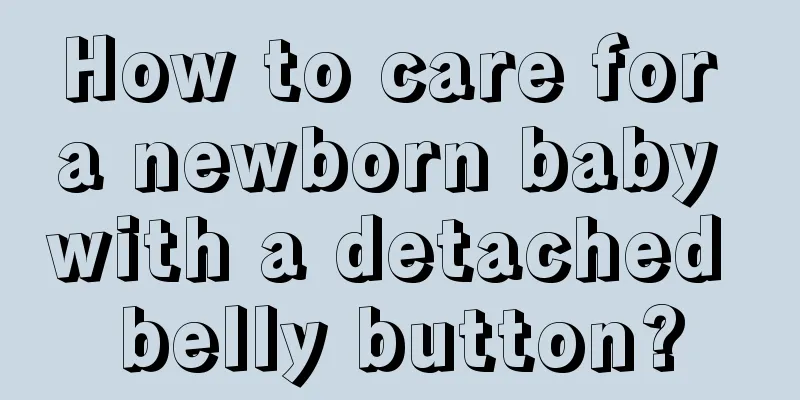Can sinusitis in children be cured?
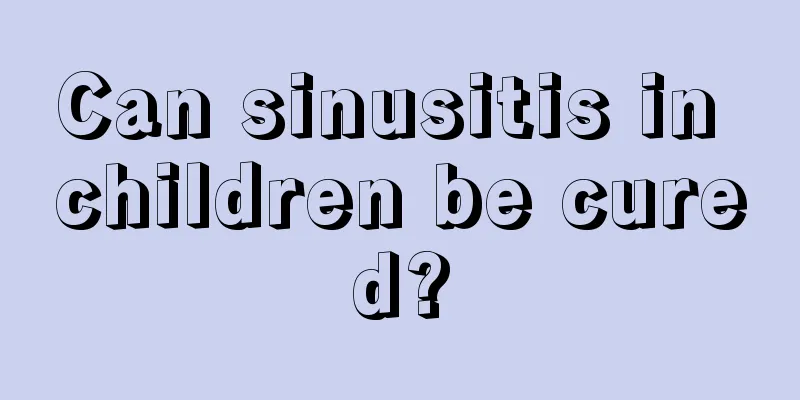
|
The treatment of sinusitis in children must never be ignored, because it will also affect the physical and mental health of children. Treatment includes conservative treatment and surgical treatment. For children, conservative treatment should be used as the main method, and attention should be paid to keeping children warm and enhancing their body immunity. 1. Mainly use conservative treatment, pay attention to keeping children warm, enhance the body's immunity, and use antibiotics and local steroid hormones. Surgery is generally not recommended unless there are serious complications. Antibiotics should be used reasonably and in sufficient quantities to control infection. The course of treatment is generally 7 to 12 days, and can be used in conjunction with drugs to dilute secretions. In the acute phase, moist hot compresses, physical therapy, local application of vasoconstrictors, nasal steam inhalation, etc. are given. Apply 0.5% ephedrine nasal drops into the nose to facilitate drainage. In addition, the treatment of allergic rhinitis cannot be ignored. Stopping medication too early can result in incomplete treatment and turn the condition into a chronic condition. Low-concentration vasoconstrictors and glucocorticoid sprays are used in the nasal cavity to facilitate nasal ventilation and sinus drainage. And you should pay attention to rest and give nutritious and easily digestible food. 2. Maxillary sinus puncture, irrigation and injection are also effective methods for treating maxillary sinusitis in children. Since most children are uncooperative, a catheter can be placed in the sinus cavity through the needle core after the first successful puncture, and the exposed part can be fixed on the skin surface to facilitate repeated flushing. The retention time should generally not exceed 1 week. Because the position of the maxillary sinus in children is higher than that of the inferior nasal meatus, the direction of the puncture needle should be slightly upward and backward compared with that of adults, and the needle should be stopped after a breakthrough feeling is felt. Positive and negative pressure replacement is the most commonly used method for outpatient treatment of chronic sinusitis in children, but it requires the cooperation of children and rigorous operation of medical staff. It can be used during the period of regression of systemic symptoms of chronic sinusitis and acute sinusitis. It is used in young children because when they cry, the soft palate automatically rises to close the nasopharynx, so even if they do not make an "open, open" sound, the treatment requirements can be met. 3. Surgery should be considered only after systematic conservative treatment fails. Under strict control of the indications, intranasal fenestration, nasal polypectomy and functional endoscopic sinus surgery can be considered. Endoscopic sinus surgery is the preferred surgical method for adult sinusitis because it can preserve normal tissue structure to the greatest extent while removing lesions and reduce the adverse effects of surgery on facial development. It is currently also widely used in the treatment of pediatric sinusitis. Unlike adults, it should be noted that children's sinuses are relatively small, and the relationship between adjacent structures is also different from that of adults; surgical operations should be gentle and careful to reduce postoperative edema and adhesions; postoperative dressing changes require the cooperation of the child, and dressing changes must be performed under general anesthesia when necessary. Literature reports that the effectiveness of endoscopic sinus surgery is 75% to 90%. For patients with chronic sinusitis and adenoid hypertrophy, early adenoidectomy is recommended. |
<<: Why do children get hyperthyroidism? These reasons are the most likely!
>>: What is the reason for uneven teeth in children?
Recommend
What causes torticollis in children? Causes of torticollis in children
Torticollis in children, also known as goiter, is...
What to do if a 1-year-old child has diarrhea and vomiting
Every change in the baby after birth is watched b...
How to treat heat stroke
Symptoms of heat stroke are a common disease in s...
What is the disease of children being easily excited?
Children are much more curious about the outside ...
How to discipline naughty children?
Most children will go through a period of time wh...
Symptoms of rhinitis in a three-year-old child
Rhinitis is most of the time a disease caused by ...
What are the methods for babies to recuperate and regulate their bodies during hospitalization?
As we all know, very young infants and young chil...
What are the best ways to reduce fever in children?
If a child has a fever, parents will definitely b...
Red pimples on baby's face
The skin of babies is very delicate. Many parents...
What are the reasons why children kick the quilt when they sleep at night?
In life, it is very easy for children to kick the...
Three-year-old child has diarrhea
Parents will be very anxious if their children sh...
What should I do if my three-year-old baby likes to hit people?
As children grow up, parents must help them devel...
Reasons why babies suddenly stop feeding
There are many reasons why babies don't want ...
Why does the baby sweat on the nipple?
Many parents are asking why their babies sweat on...
What to do if a 10-year-old child is zinc deficient?
Zinc deficiency in 10-year-old children is a comm...
